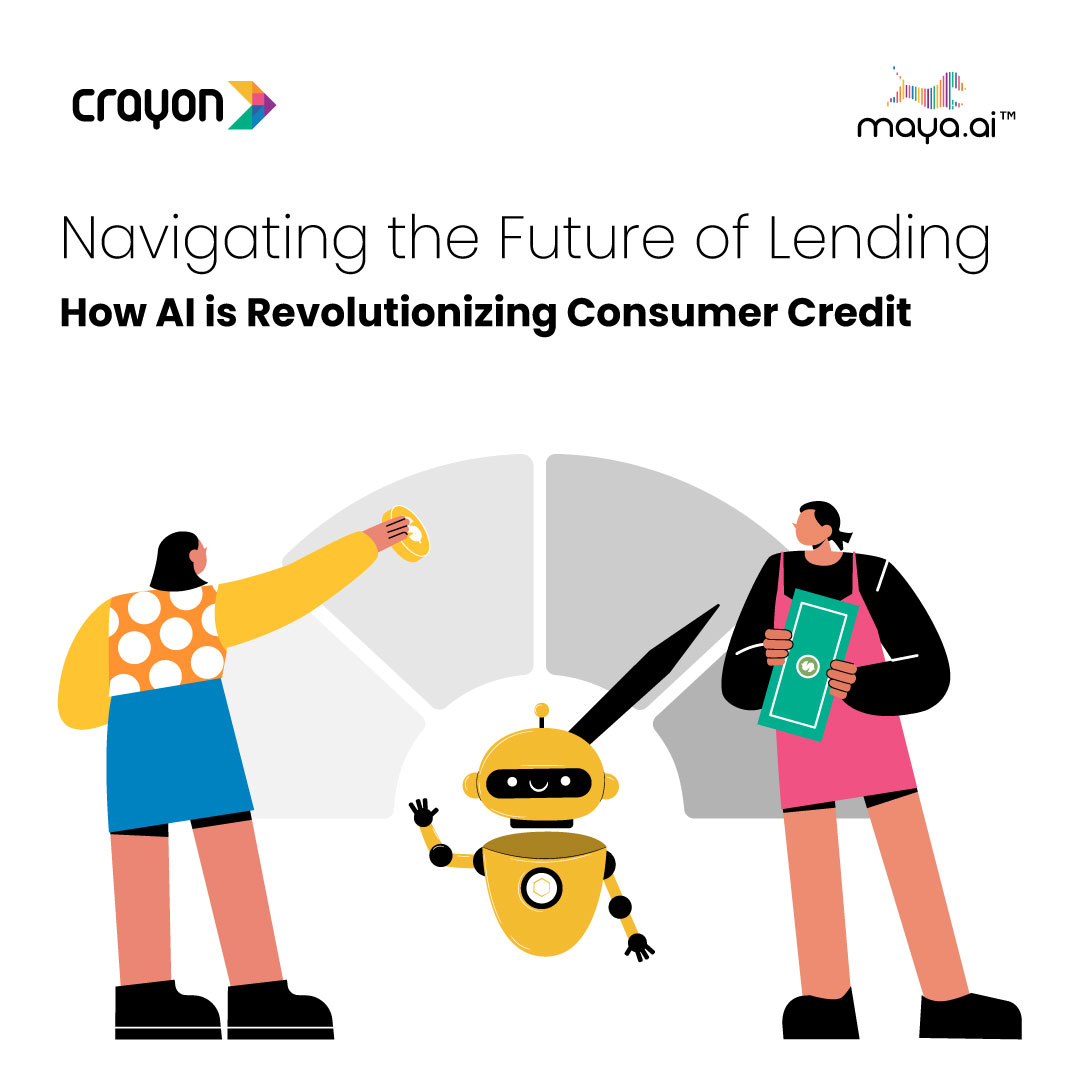Although data science, as an academic discipline, has been around for more than 50 years, it wasn’t until around 2010 that it entered the mainstream consciousness. It happened as a new wave of businesses recognized that data was the key to mastery of modern markets and started making it their strategic focus. In the years since, the field of data science has seen explosive growth as well as some fast-paced developments as higher demand has spurred innovation.
As far as the field of data science has come since 2010, there’s every reason to believe that the next decade will bring even more change. With simultaneous advances in related technology fields and new approaches by the best and brightest minds in the industry, data science in 2030 will bear little resemblance to the state of the art today. Here’s a look at how data science is set to evolve over the next decade.
End to End Automation
The first and arguably most important way that data science is going to change in the next decade is that more and more of the work in the field will become fully automated. This is possible in large part due to the rapid advances happening in the development of machine learning and artificial intelligence, which are already making an impact in the world of data science. Right now, it’s already becoming more common for data scientists to rely on an automated machine learning pipeline to speed up the process of algorithm selection and hyperparameter tuning.
And those functions are the tip of the iceberg. Over the next decade, continued development should bring about automation in data science processes ranging from data cleaning and preparation to feature engineering and data exploration. The available tools should converge into platforms that make true data science as a service (DSaaS) a viable option for businesses at large.
IoT Brings a Flood of New Data
Data science is, as its name would suggest, all about data. So far, the internet has proven to be the biggest generator of data the world has ever known. Over the next decade, it will be displaced by the internet of things (IoT). Millions of connected devices will come into service over the next ten years, giving data scientists unprecedented access to data of all kinds. They’ll use it to gain new insights into old problems, and even provide the rationale for new products and services guided by consumer usage data and other previously-unavailable data streams. In short, IoT will bring data science into the lives of more people than ever before, in more ways than one can count.
Data Visualization Goes VR
Right now, the critical importance of data visualization technology and solutions tends to get lost in the shuffle when discussing data science. Yet, it is the one element that can serve as a bridge between the professionals interpreting data and the people meant to consume the results of their work. Without it, data science would remain in the realm of academics, and businesses couldn’t operationalize it to any great effect. That’s part of the reason that, according to the Think Big data visualization rankings, there’s a growing number of companies all aiming to cement their place as the go-to visualization platform of the moment.
Over the next decade, though, data visualization is going to merge with virtual reality (VR) and augmented reality (AR) technology to create immersive data experiences. In that way, data science consumers will be able to take a hands-on approach to the data they’re exploring, allowing for greater digestibility and accessibility for non-technical users. There are already some impressive examples of this coming to market, providing just a small glimpse of what data visualizations might look like in 2030.
Data Privacy Laws Will Become Universal
Right now, the field of data science has advanced so quickly that the legal frameworks necessary to regulate and support it haven’t been able to keep pace. In recent years, that’s been slowly changing as regulations like the EU’s General Data Protection Regulation (GDPR) have come into force, giving individuals additional controls over what businesses can and can’t do with their data. In the next few years, it’s reasonable to expect to see more regulations of this kind put into place elsewhere in the world.
That’s going to have a noticeable effect on the field of data science because it will change the rules of the environment surrounding it. It will place more restrictions on what data may be collected and stored, how it should be safeguarded, and even what kind of analysis it may be used for. In some cases, it may even slow down developments in the field, as efforts to anonymize data or seek additional permissions must be undertaken.
A Brave New World of Data Science
The four broad topics covered here are not the only ones that will reshape the world of data science in the coming decade. In fact, the pace of development in the field all but guarantees that there will be even more changes that nobody working in or covering data science today can yet predict. In the end, though, data science in 2030 will feature processes that are fast, efficient, effective, and informed by more varieties and types of data than are available today. Its conclusions will be communicated via a dazzling array of VR and AR displays. And all of it will be governed by a new set of regulations that protect the rights of all stakeholders. After seeing how far the field has come since its very recent mainstream beginnings, one can only imagine how much further it can and will progress – and the early signs are a wonder to behold.




